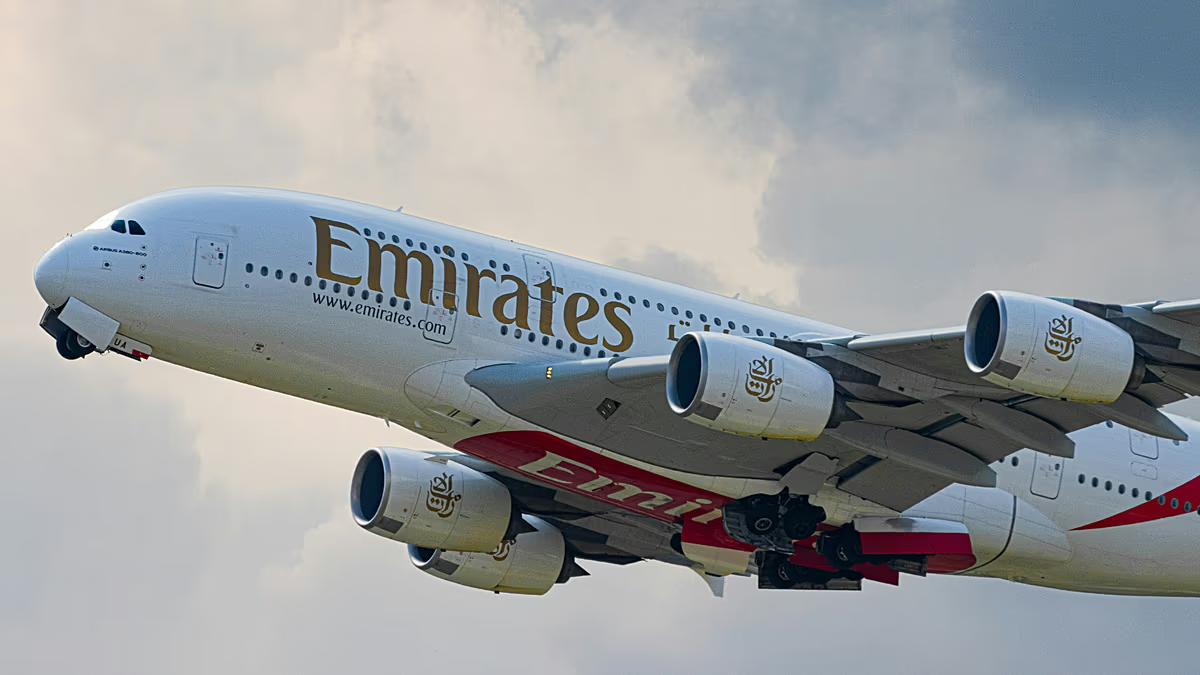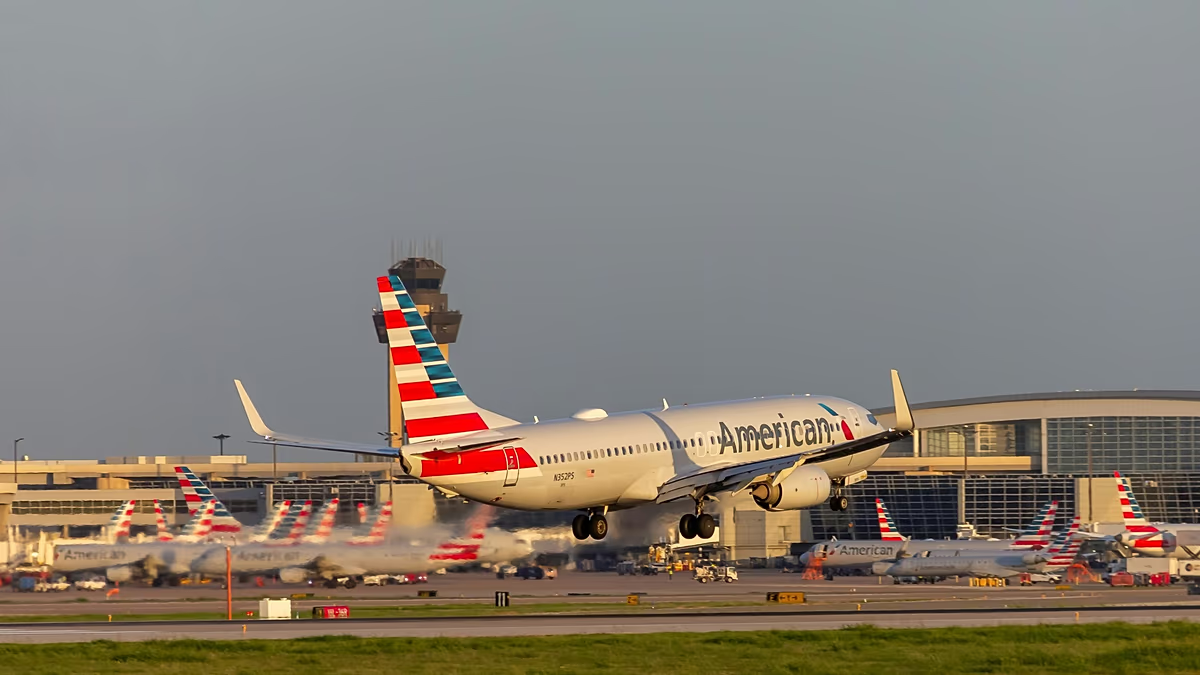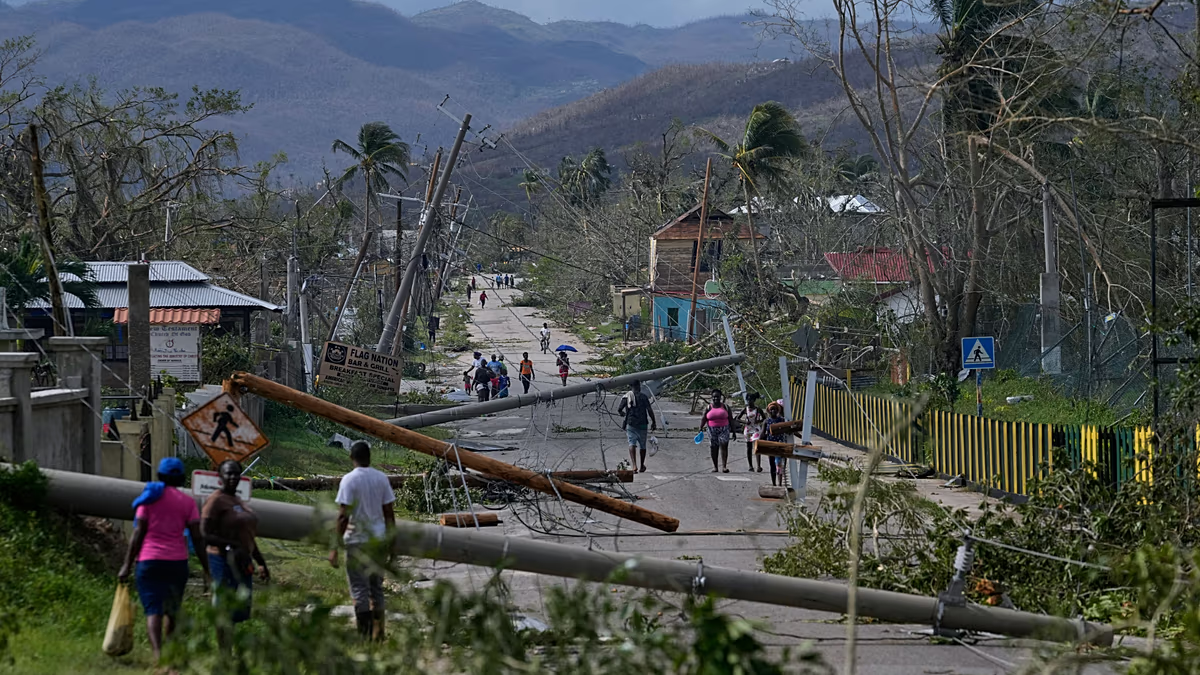AI Helping Airlines Navigate the Challenges of Increasing Turbulence
As climate change continues to impact our planet, its effects extend beyond the ground and into the skies. Emirates, one of the world’s leading airlines, is pioneering the use of artificial intelligence to address a growing concern for air travelers: turbulence. This innovative approach comes at a crucial time, as scientific research indicates that our skies are becoming increasingly turbulent due to climate-related changes in atmospheric conditions. While fatalities from turbulence remain rare, several serious incidents in recent years have highlighted the importance of developing better prediction systems to ensure passenger safety and comfort. Emirates’ AI initiative represents a significant step forward in aviation safety technology, potentially transforming how airlines worldwide navigate through increasingly challenging atmospheric conditions.
The science behind the bumpier skies is compelling and concerning. According to a comprehensive study by meteorologists at the University of Reading in the United Kingdom, our skies are up to 55 percent bumpier than they were four decades ago—a direct consequence of climate change. The mechanism behind this increase is clear: warmer air resulting from carbon dioxide emissions is altering air currents in the jet stream, which exacerbates what aviation experts call “clear-air turbulence.” This type of turbulence is particularly problematic because it occurs in seemingly clear skies without visible clouds or storms, making it difficult to detect using conventional weather radar systems. The North Atlantic routes—among the world’s busiest flight corridors—have experienced the most significant increases in turbulence duration, but other major flight paths over the United States, Europe, the Middle East, and the South Atlantic have also seen substantial rises in turbulent conditions. These findings confirm what many frequent flyers have suspected: air travel is becoming increasingly bumpy, and the aviation industry needs new solutions to address this challenge.
The impact of increased turbulence extends beyond passenger discomfort to create significant operational challenges for airlines. According to Mark Prosser, a meteorologist at the University of Reading, turbulence costs the airline industry between $150 million and $500 million annually in the United States alone. These costs stem from multiple factors: increased fuel consumption as planes navigate around turbulent areas, additional maintenance requirements due to wear and tear on aircraft experiencing turbulence, and medical expenses and liability issues related to passenger and crew injuries. Furthermore, turbulence is now recognized as the primary cause of non-fatal injuries in the air travel industry according to the International Air Transport Association. Between 2009 and 2021, Federal Aviation Administration data shows that 146 passengers and crew members were seriously injured in turbulence-related incidents. While these statistics represent a tiny fraction of the billions of passengers who fly safely each year, they highlight a persistent safety challenge that airlines must address—particularly as climate change threatens to make turbulence more common and more severe in the coming decades.
The traditional methods of turbulence prediction have significant limitations that make them increasingly insufficient in today’s changing climate conditions. Conventional weather radars installed in aircraft cockpits are excellent at detecting precipitation and storm systems but struggle to identify clear-air turbulence, which occurs without visible moisture. Meanwhile, large-scale weather models used for flight planning often lack the resolution to capture localized turbulent eddies that can cause sudden jolts during flight. This technological gap has created a situation where pilots sometimes encounter significant turbulence with little or no warning, forcing them to react quickly rather than proactively avoid problematic areas. Emirates’ new AI-based system addresses these limitations by creating a more comprehensive and responsive approach to turbulence prediction. The technology combines machine learning algorithms with crowdsourced turbulence data from other aircraft and traditional pilot reports to generate real-time visualizations of turbulent areas along flight paths. Unlike static weather forecasts or limited radar systems, this AI approach continuously learns and improves its predictions based on actual flight experiences, creating a dynamic system that evolves with changing atmospheric conditions.
Emirates’ implementation of this AI technology represents a significant advancement in aviation safety practices. The airline reports that the new system is already yielding positive results, with a “significant reduction” in unexpected severe turbulence encounters over the past year. Captain Hassan Alhammadi, Emirates’ divisional senior vice president of flight operations, acknowledges that while the airline cannot guarantee completely turbulence-free flights, the technology has substantially improved their ability to anticipate and navigate around problematic areas. The system provides pilots with “live, in-situ turbulence visualizations,” allowing flight crews to make informed decisions about route adjustments before encountering rough air. This proactive approach not only enhances passenger comfort but also contributes to overall flight safety by reducing the likelihood of injuries from unexpected turbulence. Although Emirates emphasizes that they are still in the early stages of implementing this technology, the validation of its potential benefits suggests that AI-powered turbulence prediction could become standard practice across the aviation industry in the coming years.
The broader implications of Emirates’ AI turbulence prediction system extend well beyond a single airline’s operations. As climate change continues to increase atmospheric instability, the entire aviation industry will need to adopt more sophisticated approaches to weather prediction and flight planning. Emirates’ initiative provides a valuable case study in how artificial intelligence can be leveraged to address climate-related challenges in transportation. If widely adopted, such systems could collectively reduce industry-wide costs associated with turbulence while enhancing passenger safety and comfort. The technology also demonstrates how data sharing between aircraft can create network effects that improve outcomes for all participants—each flight contributing to a more comprehensive understanding of atmospheric conditions. As other airlines observe Emirates’ success, we may see similar AI-based systems deployed across global fleets, creating a more connected and responsive approach to aviation weather challenges. This evolution in flight operations represents an important adaptation to our changing climate, allowing air travel to remain safe and comfortable even as our atmosphere becomes increasingly turbulent.












